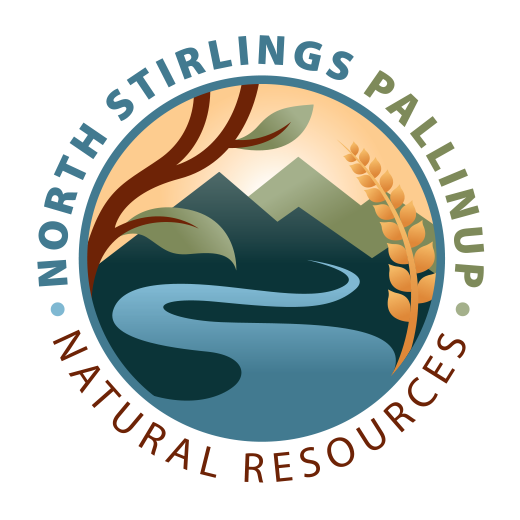• NRM group North Stirlings Pallinup Natural Resources (NSPNR) based at Borden will continue their State NRM-funded project in 2024 to reduce predators.
• Project activities aim to reduce numbers of foxes, feral cats and rabbits in the Fitz-Stirling Corridor to improve outcomes for native animals.
• The Fitz-Stirlings, connecting the Stirling Range and Fitzgerald River national parks in the Great Southern Region, is identified as a Priority Place in the Australian Government’s 2022-2032 Threatened Species Action Plan.
In 2024 NSPNR will continue the project, Expanded predator control program in the Fitz-Stirling Corridor.
This second year of the project will see feral animal tallies and community breakfasts held by NSPNR / Yongergnow, Fitzgerald Biosphere Group and Wellstead Progress Association; Bush Heritage Australia will hold a Volunteer Shoot; and a limited numbers of free fox baits will be made available to landholders with permits.
The project is supported by funding from the Western Australian Government’s State NRM Program.
The project is strengthening relations of NSPNR with Department of Biodiversity, Conservation and Attractions, South Coast NRM, Department of Primary Industries and Regional Development.
Project partners have worked collaboratively to deliver a coordinated baiting and shooting program across part of the high priority macro corridor that connects the Stirling Range and Fitzgerald River national parks. The project will reduce the threat of predation from foxes and cats, and reduce competition and habitat destruction by rabbits, resulting in the improved trajectory of the target priority species (malleefowl, chuditch and Carnaby’s black cockatoo).
In 2023 the project supported community and volunteer feral animal tallies across the broader region including Shires of Gnowangerup and Jerramungup. The combined total was 590 foxes, 24 feral cats and 264 rabbits. Foxes have been known to travel up to 10km in a single night, so wide-spread and ongoing coordinated control is important to slow re-infestation.
The Fitz-Stirling macro corridor lies within the Southwest Australia Global Biodiversity Hotspot. The 80-kilometre macro corridor links two very high-value nature conservation areas and is considered among the highest priority corridors for conservation action in the region. It was recently identified as a Priority Place in the Australian Government’s 2022-2032 Threatened Species Action Plan.
The corridor is home to a high number of endemic species and provides critical connected habitat for numerous threatened species. Biodiversity within the corridor has been severely impacted by over-clearing and predation by introduced feral cats and red foxes, the latter of which is identified as a key threatening process under the EPBC Act for medium-sized native mammals and ground nesting birds.
Macro corridors connect intact native vegetation across fragmented landscapes and are critical to the survival and recovery of threatened species. They allow threatened fauna to move through fragmented landscapes enabling them to access additional resources, escape large disturbance events such as wildfires, and remain resilient in the face of climate change. Movement of fauna facilitates gene flow between isolated populations thereby enhancing genetic variation.
NSPNR works with land managers in the Shire of Gnowangerup and the localities of Broomehill East and Gnowellen.
NSPNR was established at Borden as a not-for-profit organisation to address natural resource management (NRM) issues. NSPNR is delivering a range of projects and services in the North Stirlings - Pallinup region with a current focus on protecting threatened native species, supporting sustainable food production, protecting and monitoring the Pallinup River and tributaries, and supporting feral animal control by landholders. The organisation is managed by a volunteer board of community members and industry stakeholders, and has four part-time staff who enthusiastically work with NSPNR partners to carry out the group's activities.

